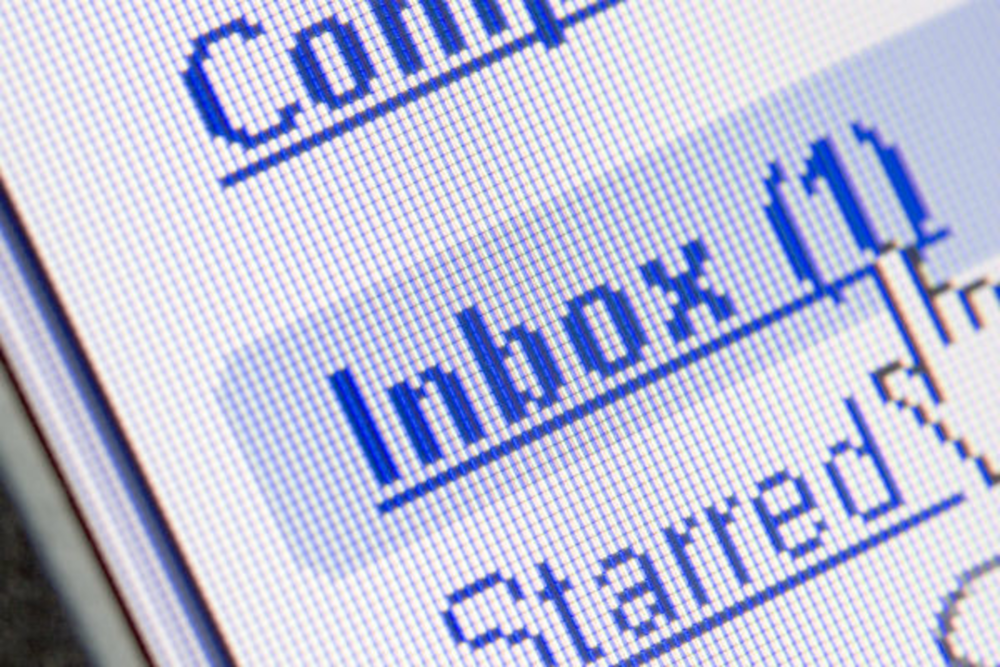Is it just me, or is the inbox feeling more crowded every day?
Marketers are always looking for new ways to stand out from their competitors. So much so, in fact, that it can be easy for them to lose sight of one very important fact: They’re consumers, too. And the best way to email consumers is to think like consumers.
The April 2015 “Evolution of Conversations in the Age of Email Overload” study can help marketers do just that. The report—conducted by researchers from Yahoo Labs and the University of Southern California Information Sciences Institute—takes a deep dive into consumers’ email habits by analyzing more than 16 billion emails exchanged between two million people over several months in the form of back-and-forth conversations. Here are four key findings that marketers can apply to their strategies to add a more humanizing aspect to their email marketing.
Email overload is real. But today’s consumers are up for the challenge. In fact, the study reveals that users send and reply to more emails as their inbox tally increases.
However, try as they might, consumers can’t always keep up with the bombardment of messages. Although activity increases as users’ email count grows, the actual fraction of emails they respond to decreases. According to the study, users respond to about 25% of all emails at “low load” versus 5% of all emails at “high load.” The study does acknowledge that consumers don’t have to respond to every email they receive—such as marketing emails or spam.
“We don’t know how people treat marketing messages because they typically don’t respond to them,” says Kristina Lerman, project leader at the Information Sciences Institute and research associate professor for USC’s Department of Computer Science. “We do find, however, that receiving too many email messages hampers a user’s ability to carry on conversations, especially for older users. In the interests of users, marketers should strive to reduce the number of email messages they send. Unfortunately, that will never happen, and there are even incentives against it. To be seen among the hundreds of updates from Facebook or Pinterest that users get in their inbox, a marketer may feel like they need to send even more messages. It is a classic ‘tragedy of the commons’ situation.”
Consumers are mobile mavens. Although the study’s researchers did not have access to the email metadata, they were able to determine when consumers interacted with their mobile inboxes through such clues as “sent from my iPhone” or “sent from my iPad” default signatures.
Even though researchers weren’t able to paint a perfect picture, they collected enough data to determine mobile’s significance. According to the report, emails sent from phones had a median reply time (or time between a user sending an email and a recipient responding) of 28 minutes versus 57 minutes for emails sent via tablets and 62 minutes for emails sent via desktop. These replies tended to be on the shorter side, as well. Replies sent from phones had a median length of 20 words, according to the study, versus 27 and 60 words for tablet and desktop replies, respectively.
Not surprisingly, some age groups were more prone to sending email responses via mobile than others. Adults 35 to 50 years old were the leaders in this category, with 53% sending emails via their phones or tablets at least once. Teens (13 to 19 years old) and young adults (20 to 35 years old) were next in line, with 49% and 48% sending mobile messages, respectively. Finally, mature adults (51 years old+) made up the smallest segment, with 43% replying to emails via mobile. There was a slight disparity between men and women, as well. According to the report, 50% of women send email via their mobile devices versus 45% of men.
Users are most active during the day and during the work week. Consumers have considerably shorter reply times Monday through Friday versus Saturday and Sunday, according to the study. What’s more, emails received during the work week are significantly longer than those received on the weekend. In addition, emails received during standard working hours and in the evening have the shortest reply time (compared to those sent in the early morning); however, emails received in the morning have the longest replies.
Teens like to keep it short and sweet. Adolescents have the fastest median reply time out of all the studied age groups, clocking in at 13 minutes. Young adults came in a close second at 16 minutes, followed by adults at 24 minutes, and mature users at 47 minutes. Teens are able to send these quick replies by keeping their messages brief. According to the study, the median reply length for teens is about 17 words compared to 21 words for young adults, 31 words for adults, and 40 words for mature adults. Senders typically have to wait 39 minutes to receive a 50-word response from teens; however, they have to wait twice as long (79 minutes) to receive a message of the same length from mature adults.
*All graphs are from the “Evolution of Conversations in the Age of Email Overload” report.








